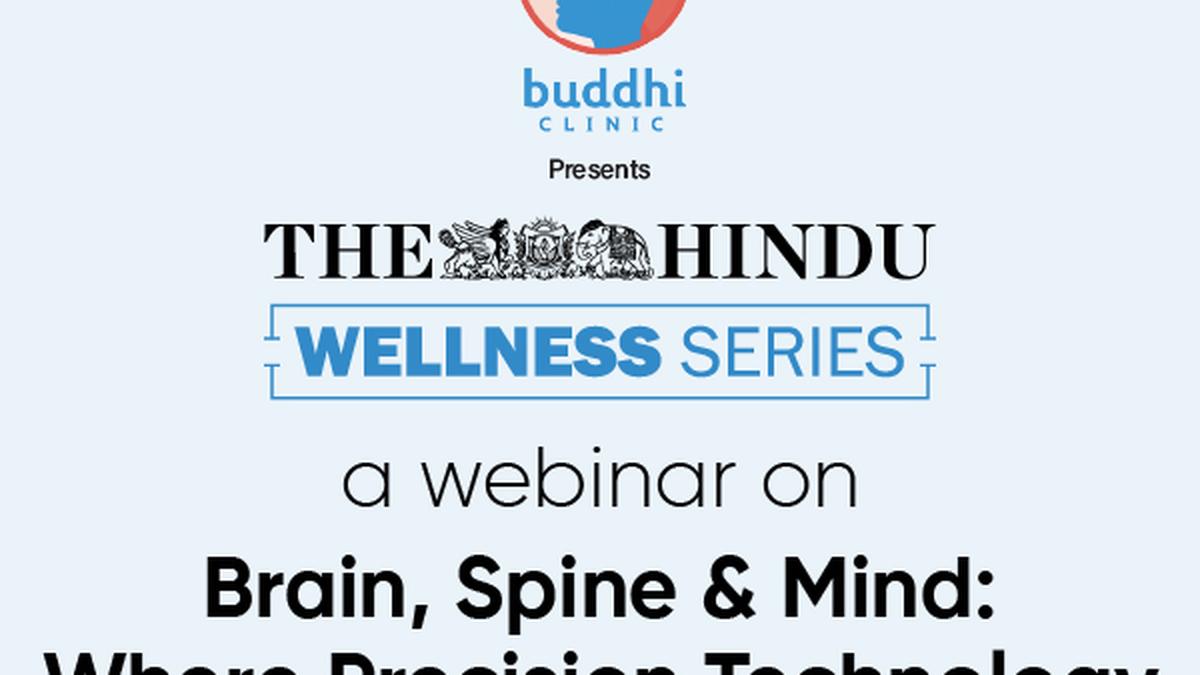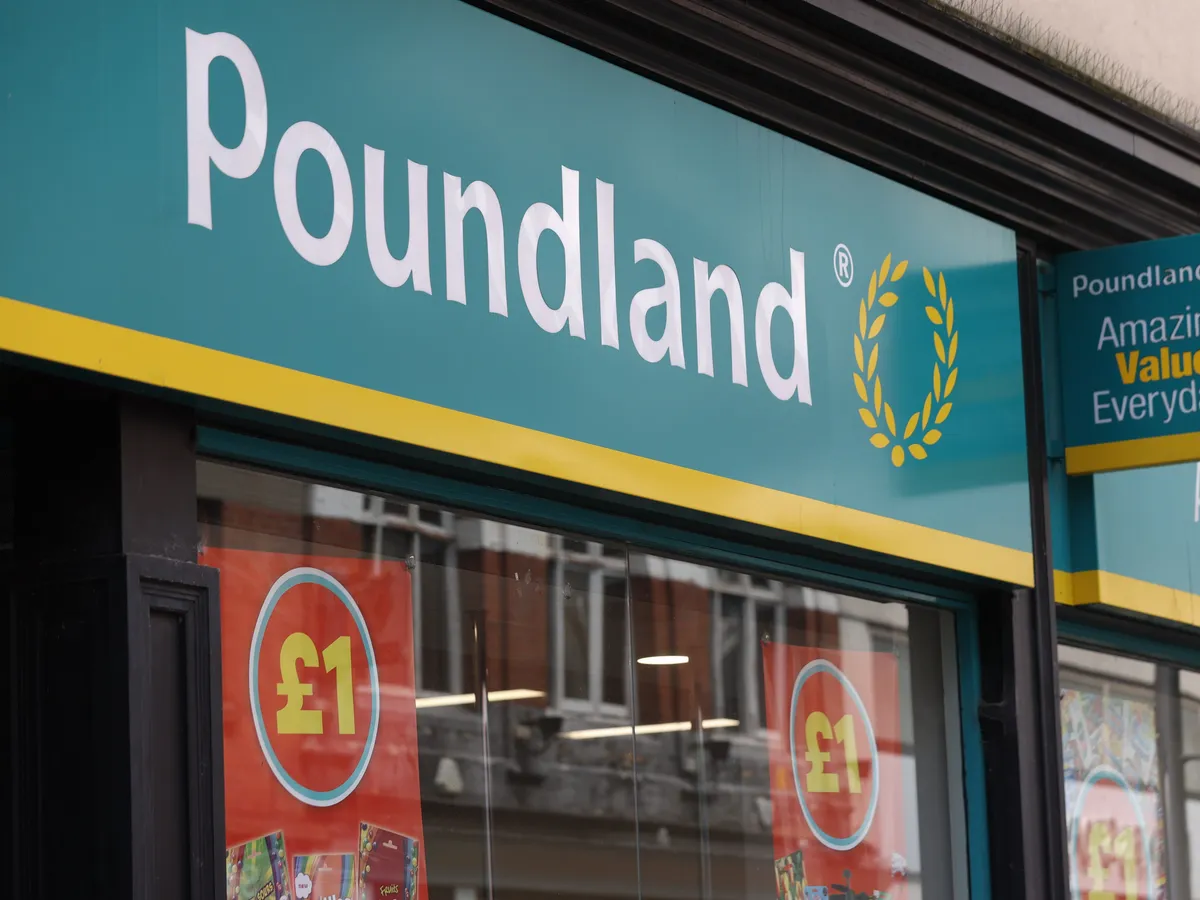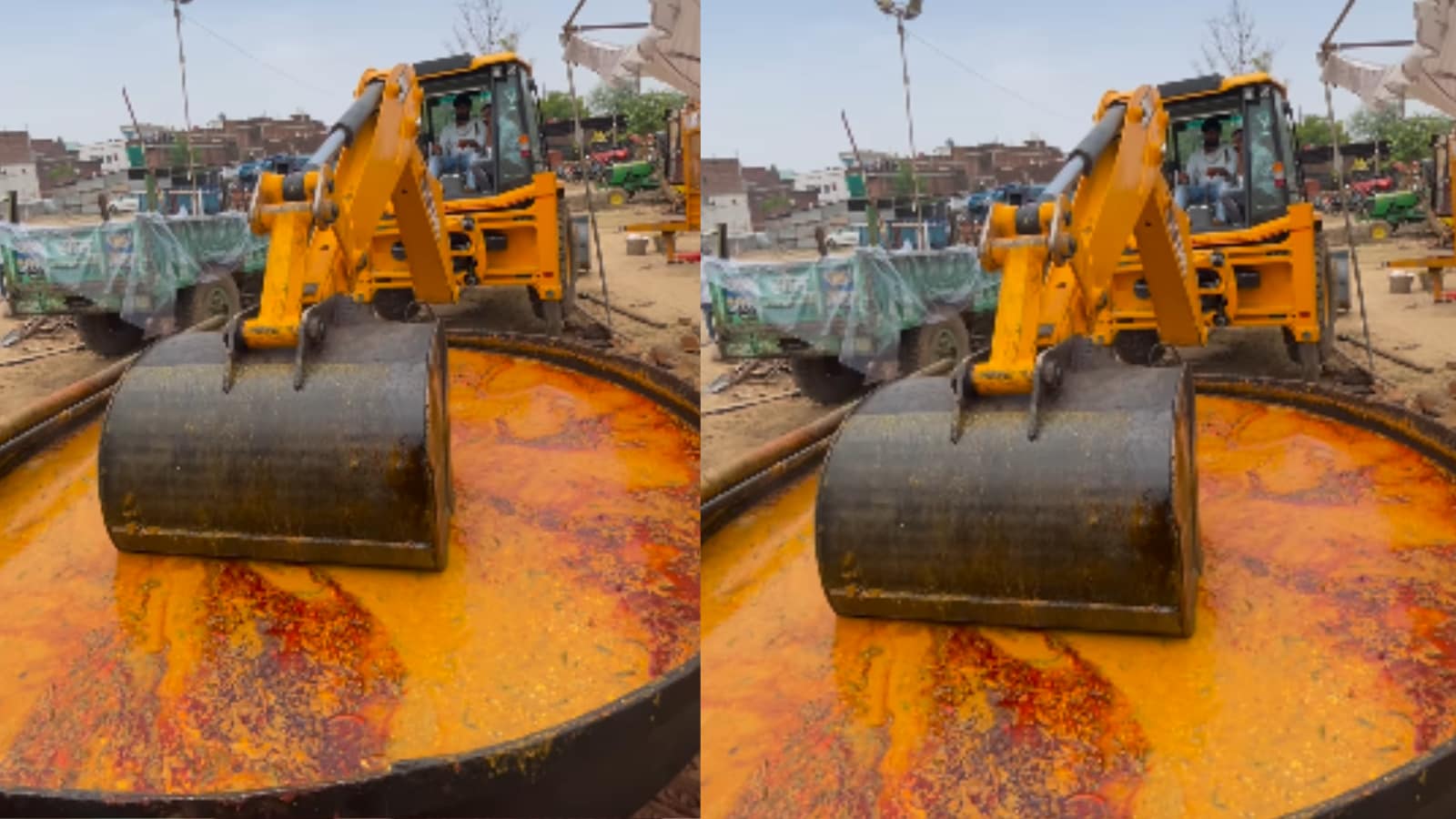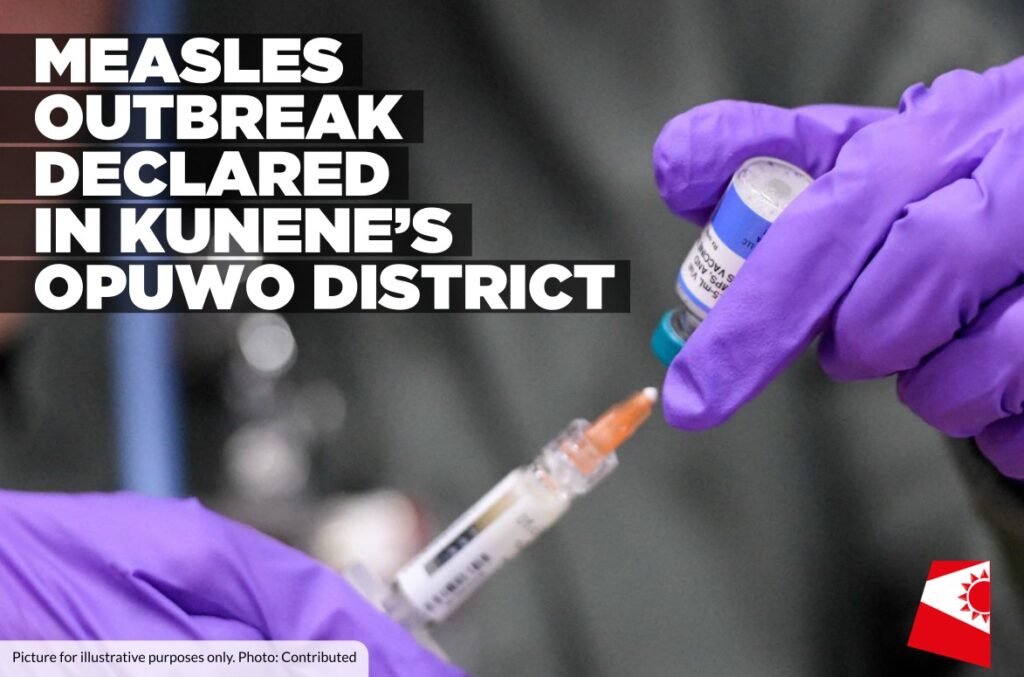By Buddhi Clinic
Copyright thehindu

At a webinar on ‘Brain, Spine and Mind: Where Precision Technology Meets Holistic Healing’ on Sunday, experts discussed how technology-driven treatment that integrates traditional therapies and non-invasive brain stimulation (NIBS) gives hope to address spine and brain-related issues. It was held as a part of The Hindu Wellness Series and was presented by Buddhi Clinic.
Dysfunctional cognitive control is a central characteristic of various psychiatric and neurological disorders, the leading cause of disability-adjusted life years. The good news is it is now possible to treat developmental disabilities with a judicious blend of new technology, traditional therapies, and NIBS, they said.
At Buddhi Clinic Chennai, the non-invasive therapy using electric and magnetic stimulation has helped enhance rehabilitation processes. “We have conducted 30,000 sessions so far, and it has yielded positive patient-centric outcomes in children with autism and cerebral palsy and in adults with epilepsy, depression, Schizophrenia, Parkinson’s, and Alzheimer’s,” said Vivek Misra, director, clinical neurosciences and neurotechnology, Buddhi Clinic Chennai.
Ennapadam S. Krishnamoorthy, the clinic’s founder, said there was a palpable difference in mobility, memory, speech, swallowing, spine, musculoskeletal health, and mental well-being of the patients. Citing several examples, he explained how stroke recovery in patients has been life-changing and the revolutionary advanced rehabilitation therapy with NIBS has helped improve the quality of life of those with dementia and Parkinson’s disease.
He spoke on the different safety and DIY guidelines, which vary from stimulating musculo-skeletal functions, in case of limb weakness, to treating epileptic seizures. “The format includes precision in evaluation, medicine and rehabilitation, personalised care plans, and continuous tracking of progress,” Dr. Krishnamoorthy said, adding that: “NIBS is valuable for research and has the potential for therapeutic applications in cognitive neuroscience, psychiatry, neurology and neurophysiology.”
The clinic has worked with thousands of patients from 22 States and 23 countries. “The new integrated treatment model is individual-specific; we keep adding targeted stimulation technology and people are seeing the change,” Dr. Misra said.
The integration of NIBS in advanced neuro-rehabilitation is paving the way to stimulate, modulate, and strengthen the recovery process. But Dr. Krishnamoorthy stressed that acute stroke care could not be replaced with anything, and the patient needed to be rushed to a hospital. “Non-invasive therapy can be a new strategy to augment rehabilitation therapy for brain injuries,” he added.



